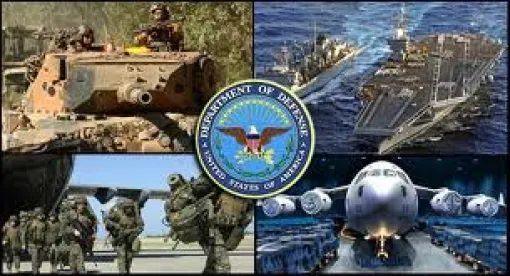Early last year, several trade groups, including the National Automotive Dealers Association (NADA), sent letters petitioning the Department of Defense (DoD) to rescind or withdraw Question and Answer #2 (Q&A 2) from its 2016 interpretative rule for the Military Lending Act (MLA) final rule and its December 2017 amendments. Q&A 2 has generated much uncertainty regarding application of the MLA’s exemption for purchase money transactions that also finance the purchase of GAP insurance. Last month, NADA sent a letter to DoD to provide market data demonstrating that service members are suffering quantifiable injury as a result of the impact of Q&A 2 on indirect auto financing provided by dealers.
In amended Q&A 2, the DoD addressed the application of the MLA rule’s exemptions for credit transactions that are intended to finance the purchase of a motor vehicle or personal property when the credit is secured by the purchased motor vehicle or personal property. The amended question asked whether the exemptions would apply where the creditor simultaneously extends credit in an amount greater than the purchase price of the motor vehicle or personal property. The DoD’s amended answer stated that the exemptions are available where credit beyond the purchase price of the object is used to finance “any costs expressly related to that object…provided it does not also finance any credit-related product or service.”
In the amended interpretive rule, the DoD used a credit transaction that finances the purchase of a motor vehicle (and is secured by that vehicle) and also finances optional leather seats and an extended vehicle warranty as an example of a credit transaction that would be eligible for the MLA exemption. In contrast, the DoD used a credit transaction that includes financing for GAP insurance or a credit insurance premium as an example of a credit transaction that would not be exempt from the MLA.
In its letter, NADA references a meeting that the DoD held with NADA and other petitioning trade groups in September 2018 at which the DoD indicated that in deciding whether to withdraw Q&A 2, its primary consideration would be the impact of Q&A 2 on active duty service members. NADA previously asserted to DoD that Q&A 2 has caused dealers throughout the country to discontinue offering GAP insurance to service members covered by the MLA, thereby exposing service members “to significant and unexpected liability that occurs when their vehicles are declared a total loss.”
NADA’s letter provides data “developed by a finance source that engages in indirect vehicle financing transactions.” NADA states that the financing source analyzed (1) its retail installment sales contracts (RISCs) with active duty servicemembers whose vehicles were declared a total loss by comparing the period before Q&A 2 was issued (in which it took assignments of RISCs involving GAP insurance) and the period after the issuance of Q&A 2 (when it no longer took such assignments), and (2) the marketwide impact of Q&A 2 “based on its informed understanding and assessment of the marketplace.” According to NADA, this analysis found that Q&A 2 “has exposed approximately 5,000 [active duty servicemembers] who purchased and financed vehicles in 2018 to approximately $15 million in liability from total loss occurrences.”



 />i
/>i

